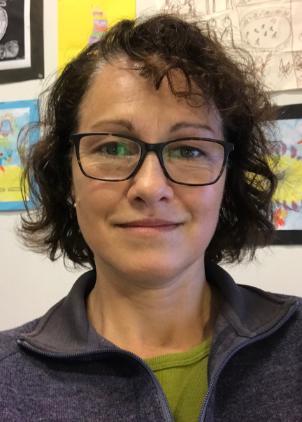Interactions of Poly-C-binding protein 2 with the poliovirus type I IRES.
Molecular Horizons Seminar - Professor Jackie Wilce
-
-
-
Online - Zoom

Professor Jackie Wilce
Jackie Wilce is a Professor in the Biomedicine Discovery Institute at Monash University, Melbourne Australia. Her research focuses on the molecular mechanisms underlying protein recognition and interactions with RNA and other ligands. In recent work she has elucidated the recognition of RNA by TIA-1 involved in stress granule formation and by poly-C-binding protein that facilitates poliovirus RNA translation. She has also developed peptide ligands against the Grb7 adapter protein involved in cancer progression. Jackie was the recipient of two ARC Research Fellowships before taking up a position as a teaching and research academic at Monash University. She has served on the Organising Committee for the Lorne Conference on Protein Structure and Function (2007-2018), the Australian Peptide Association (2008-2019) and is the upcoming Chair of Combio2022.
About the research
The poliovirus type I IRES is able to recruit ribosomal machinery for efficient translation of the viral genome only in the presence of host factor PCBP2 that binds to stem loop IV of the IRES. Upon production of sufficient viral protein, including viral protease 3CD, PCBP2 is cleaved and translation ceases, allowing the next stage of replication to commence. In this seminar I will describe the way we went about investigating the structural interaction between PCBP2 and stemloop IV to explain how it can act as a 'molecular switch' between viral RNA translation and replication. We used cryoEM to gain an initial view of the static structure of the PCBP2/stem loop structure to 6.1 Å resolution. We then applied SEC-SAXS, SHAPE and hydroxyl-radical cleavage to establish the changes in solution conformation, RNA flexibility and base accessibility that occur upon PCBP2 binding in comparison with its cleaved form. Together these methods shed light on the structural features of the PCBP2/SLIV complex vital for ribosomal docking, and the way that this is regulated following translation of the poliovirus genome.


